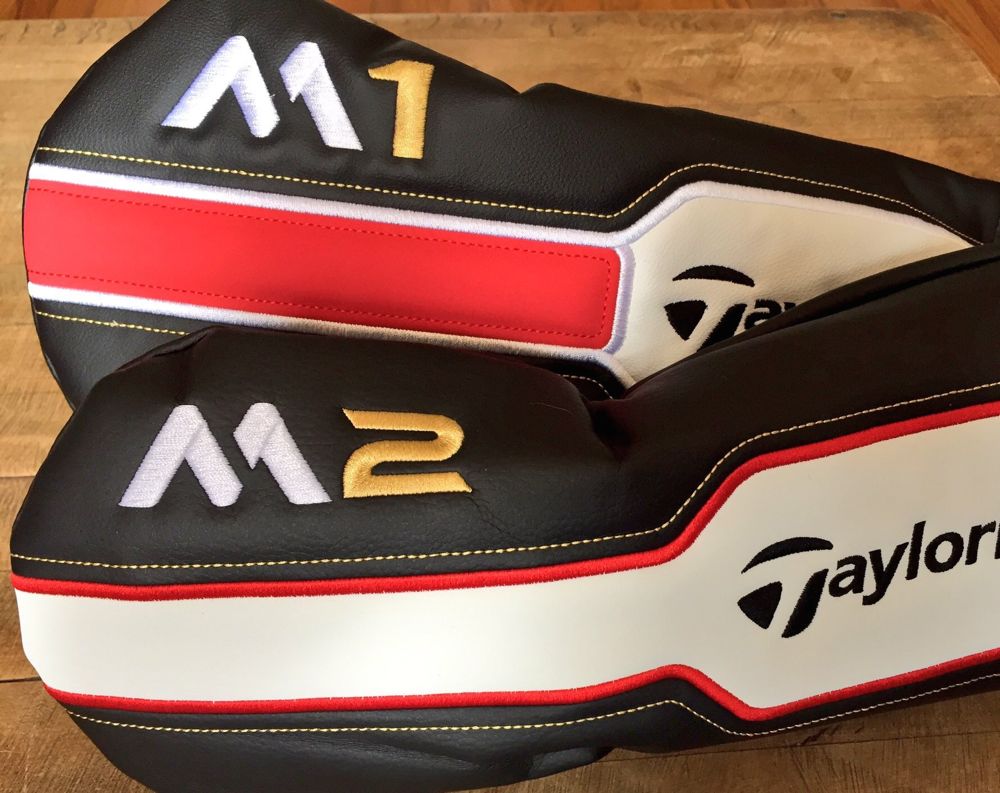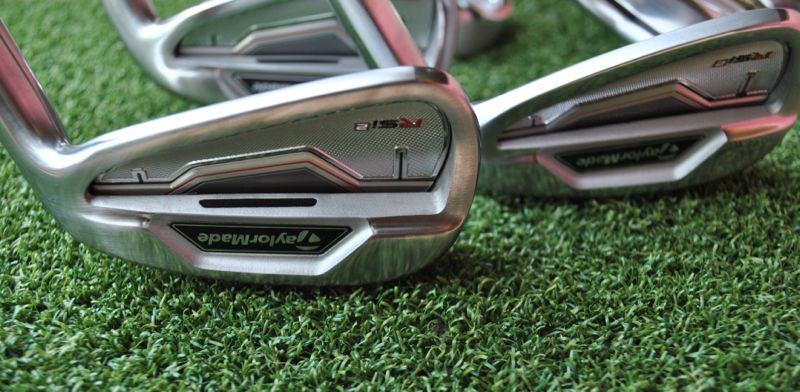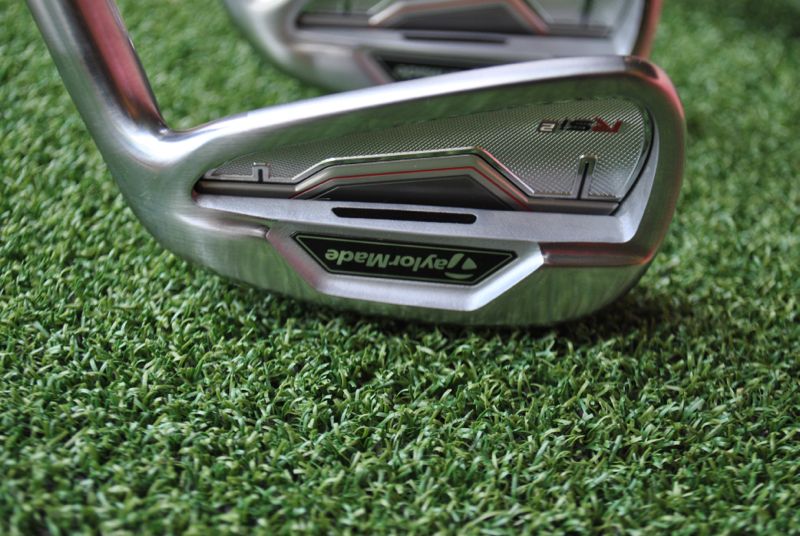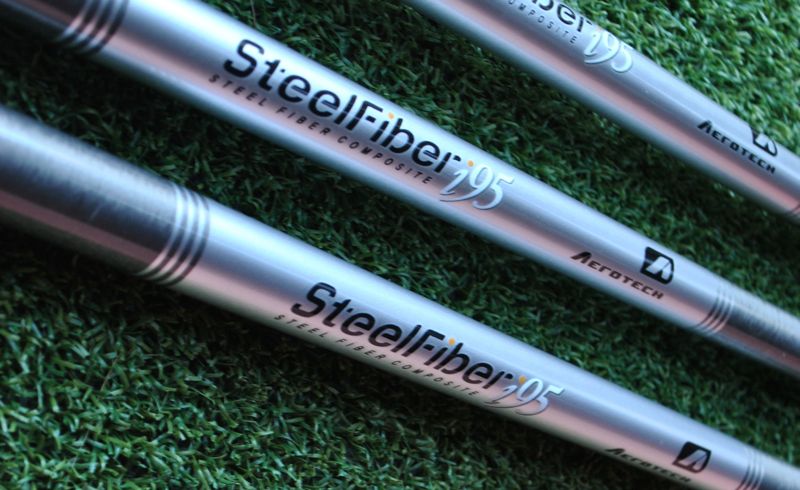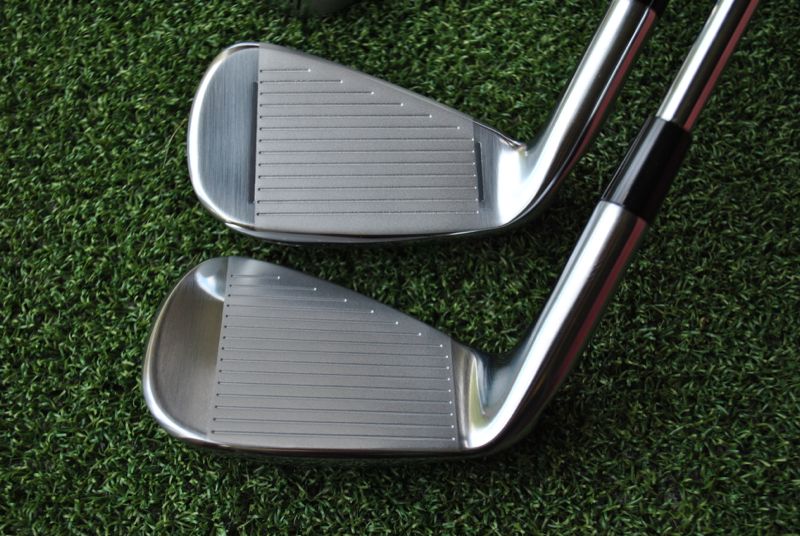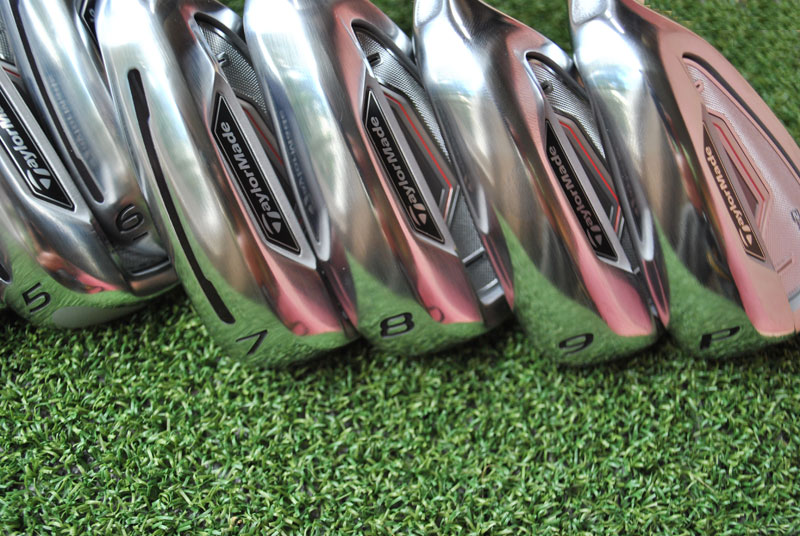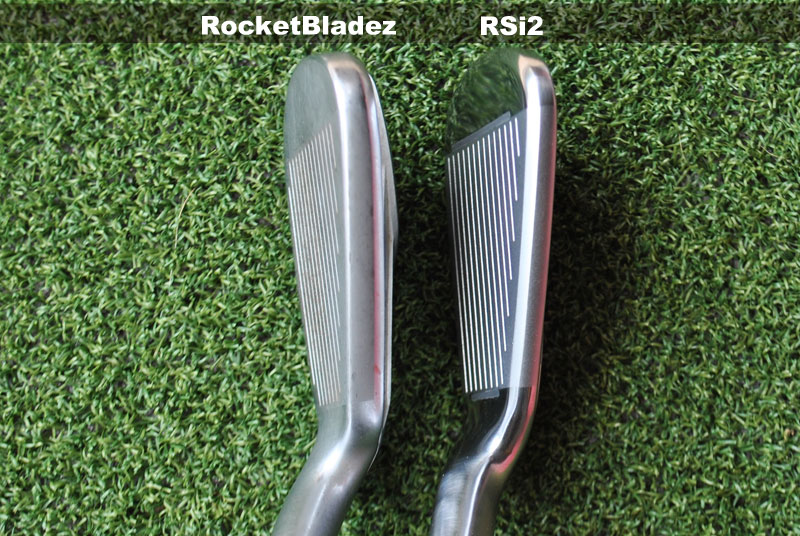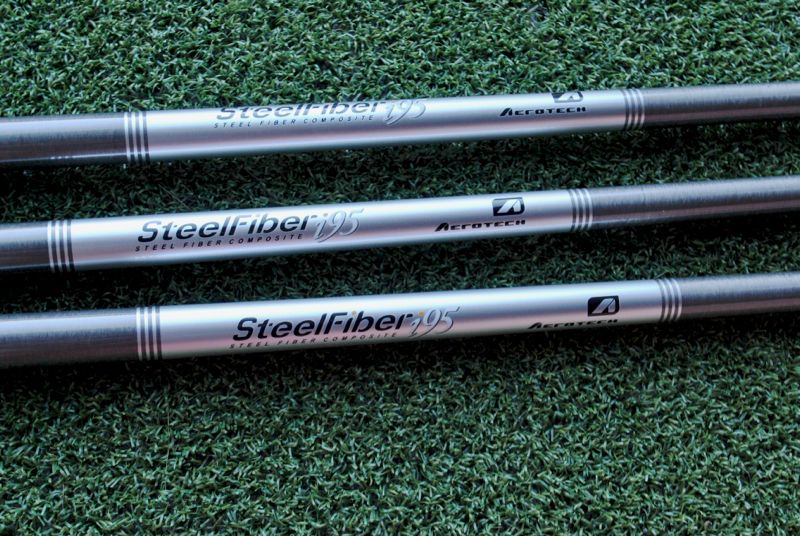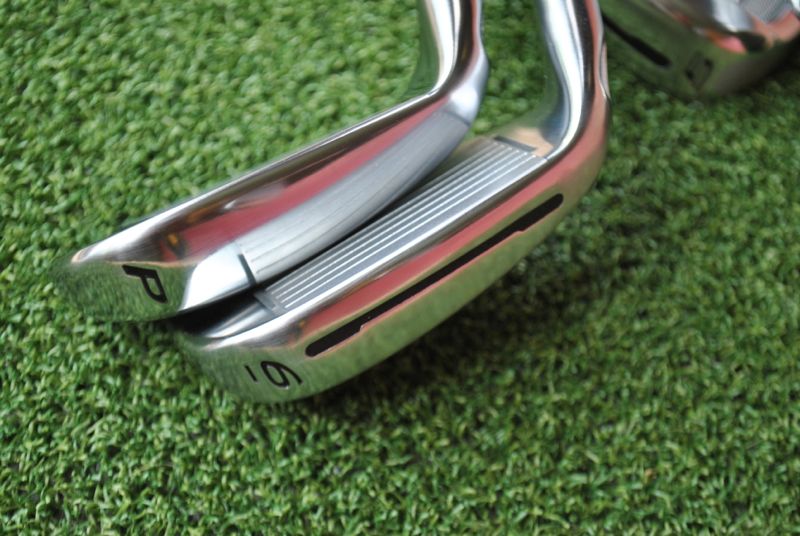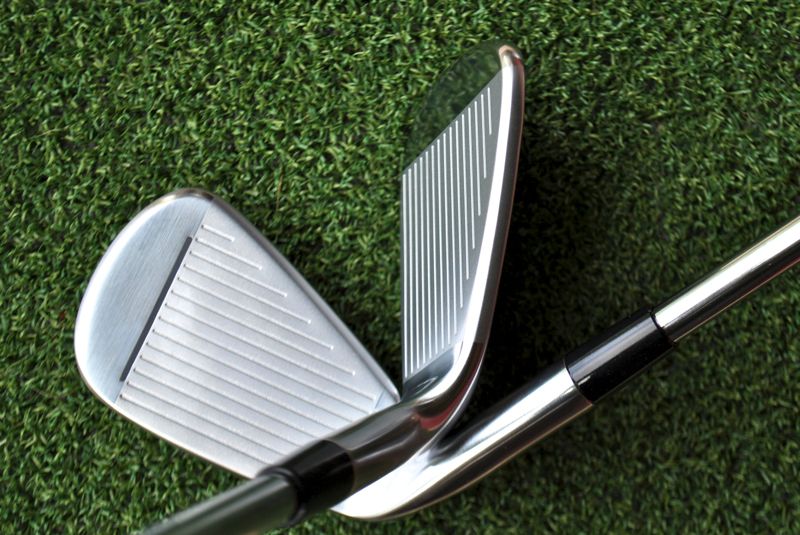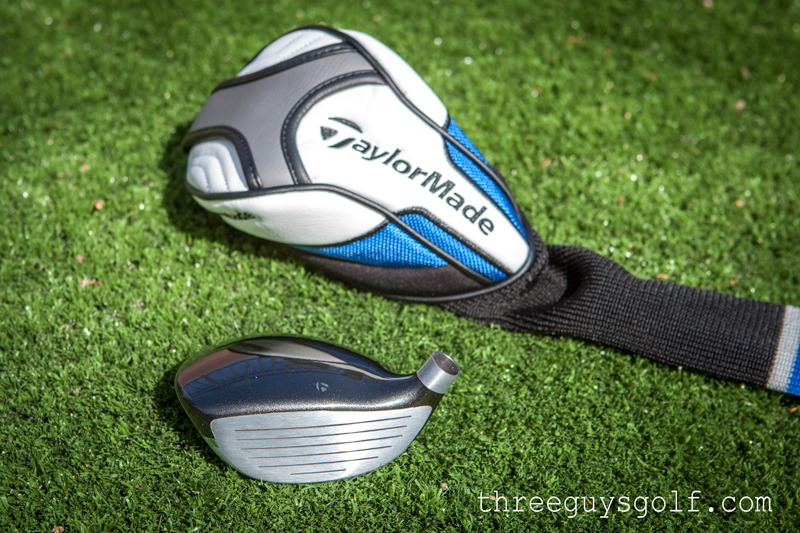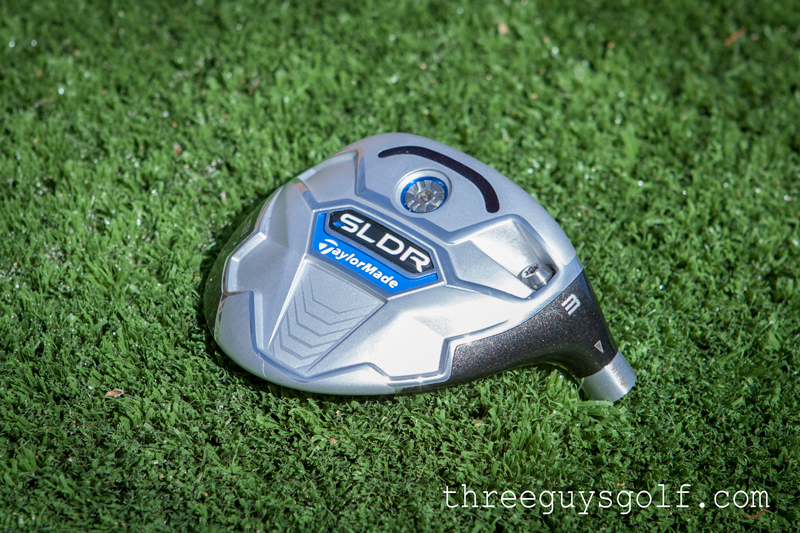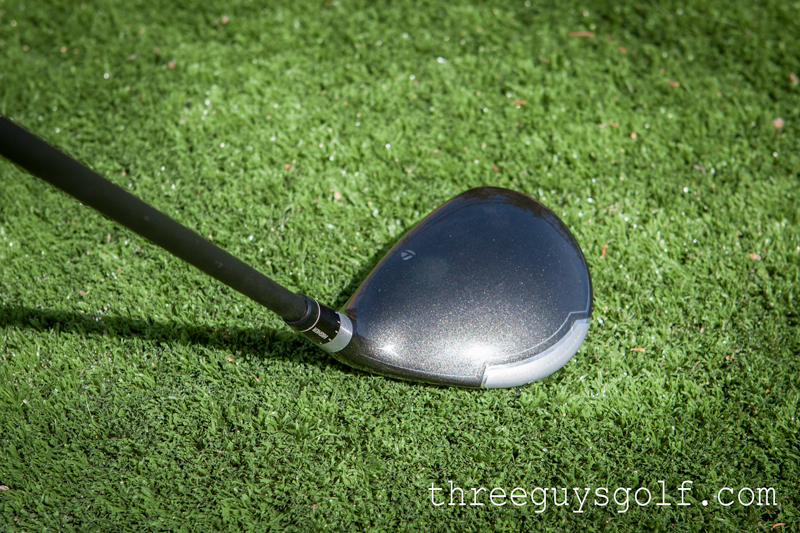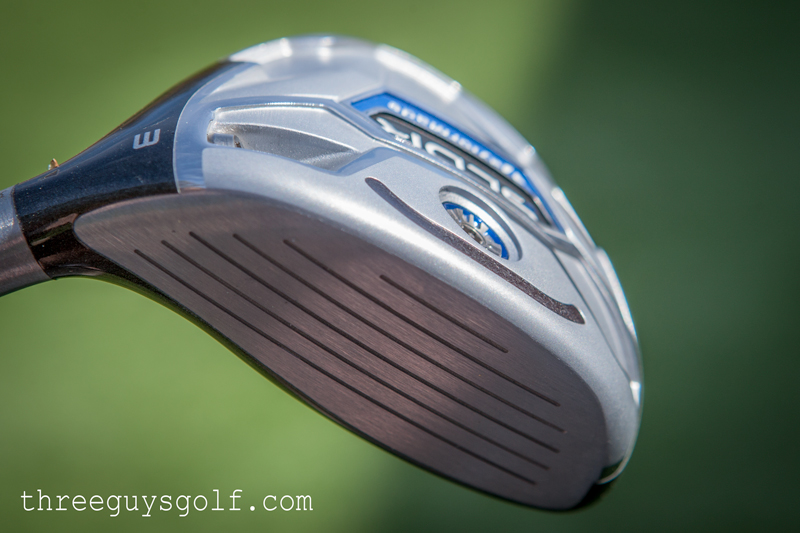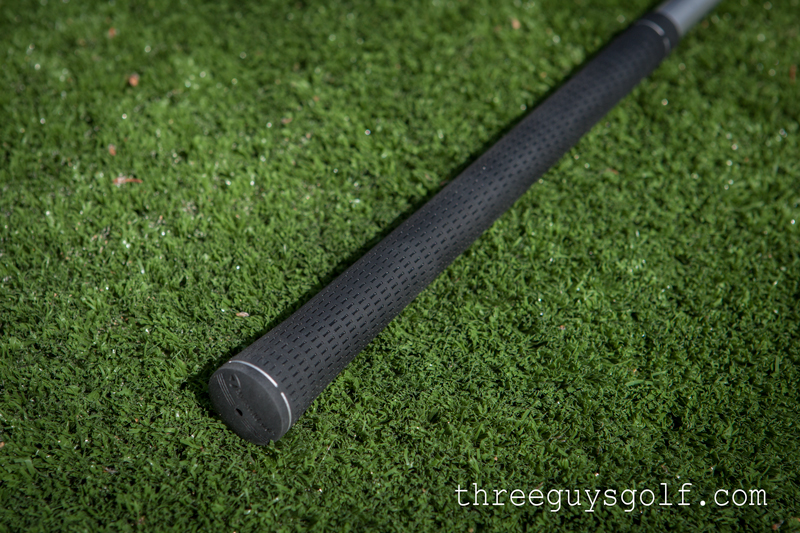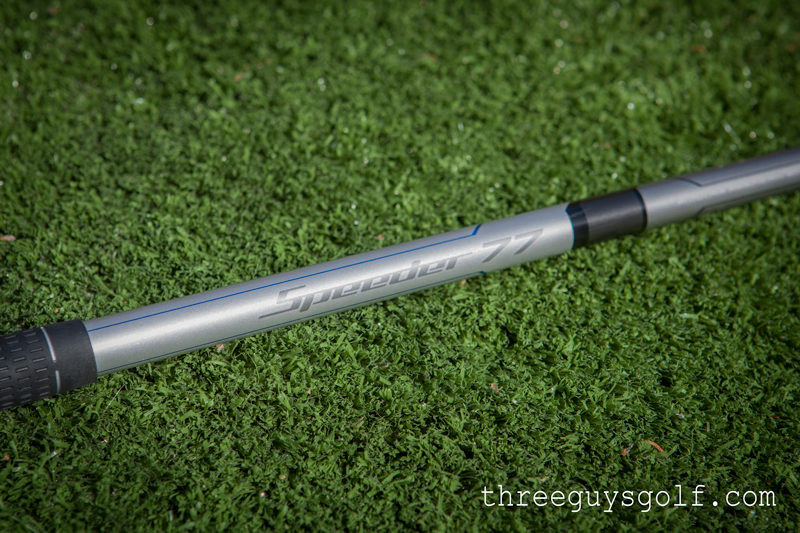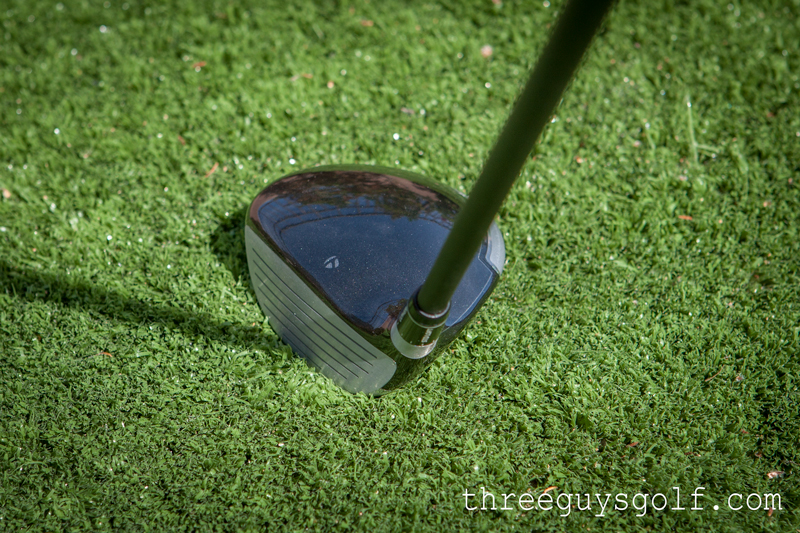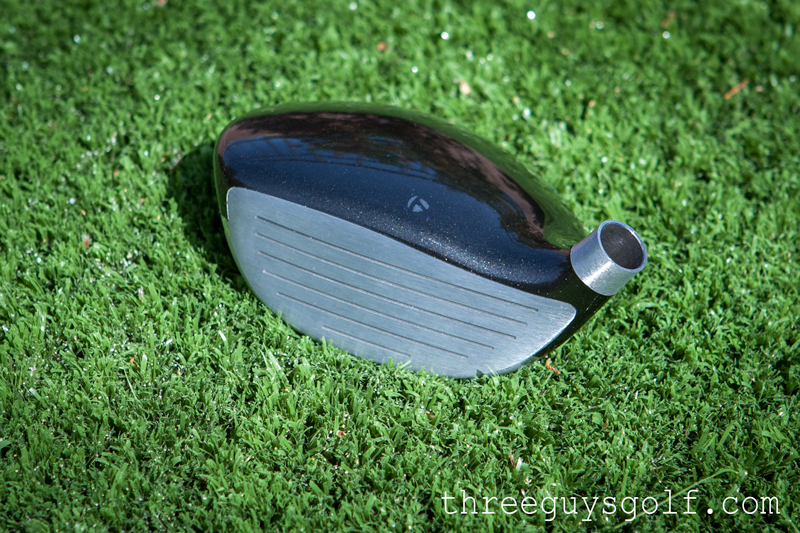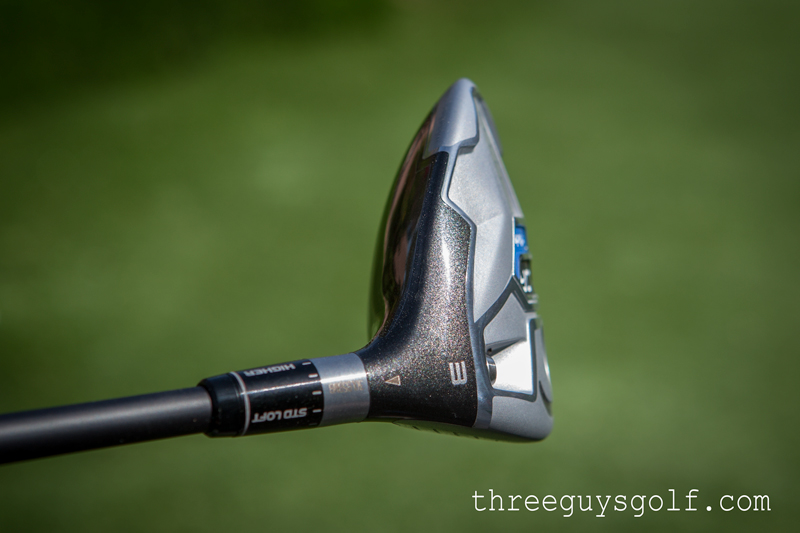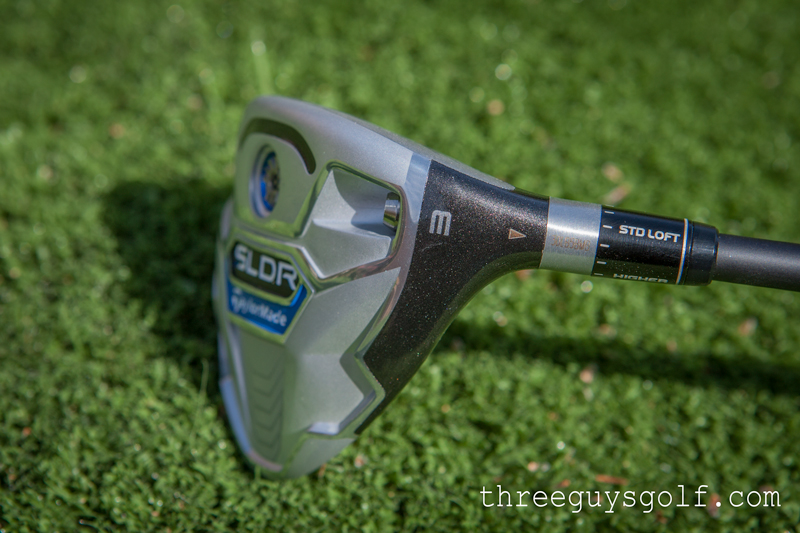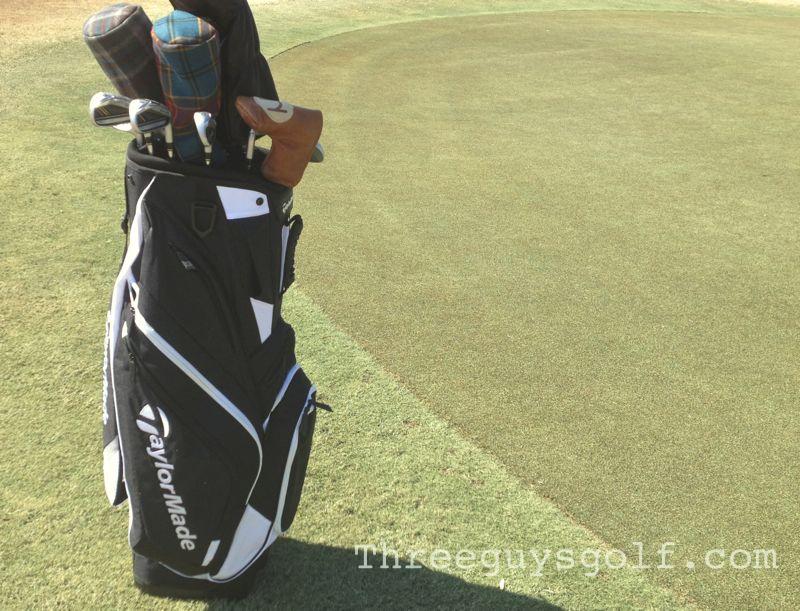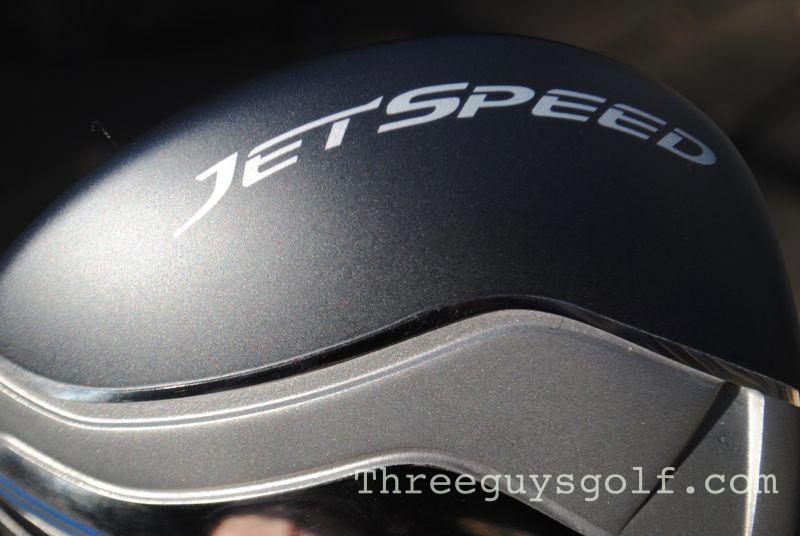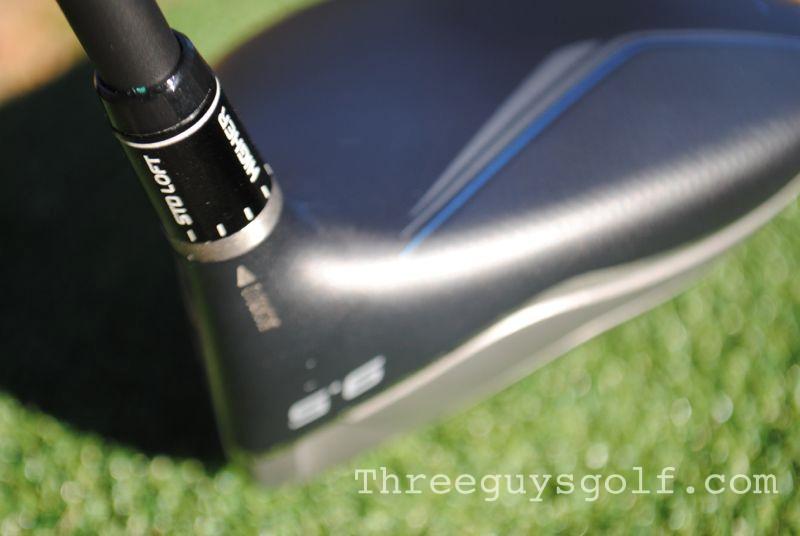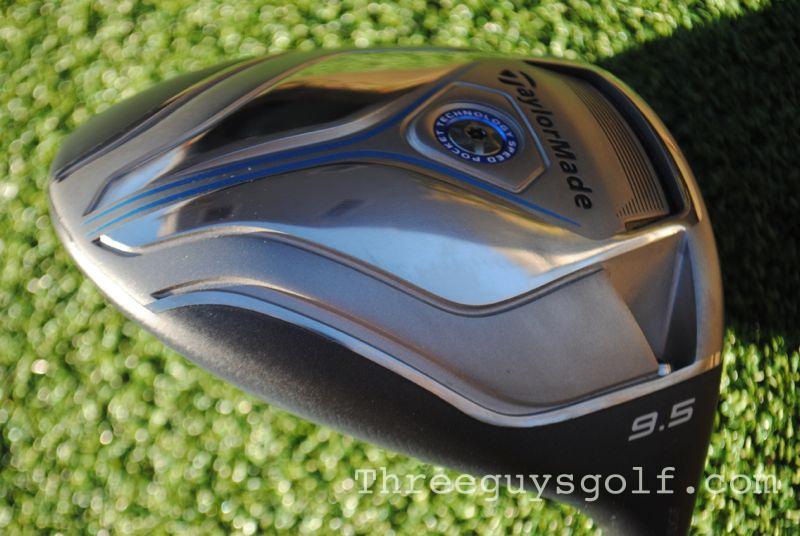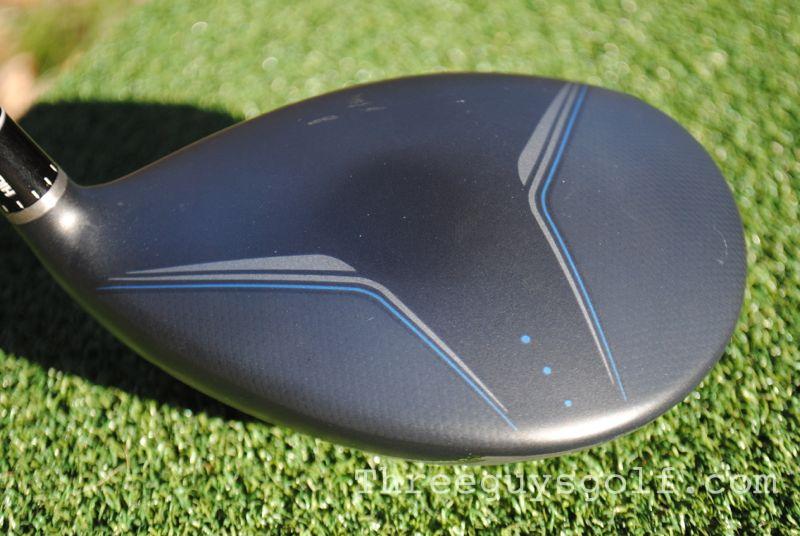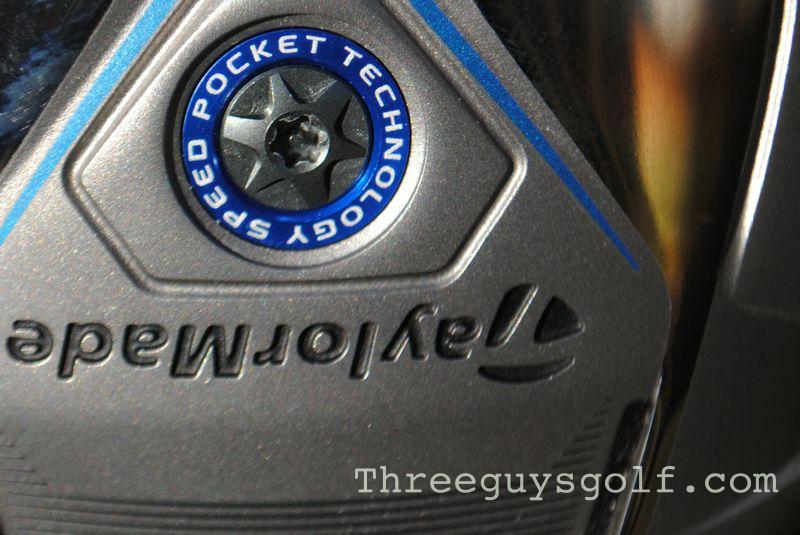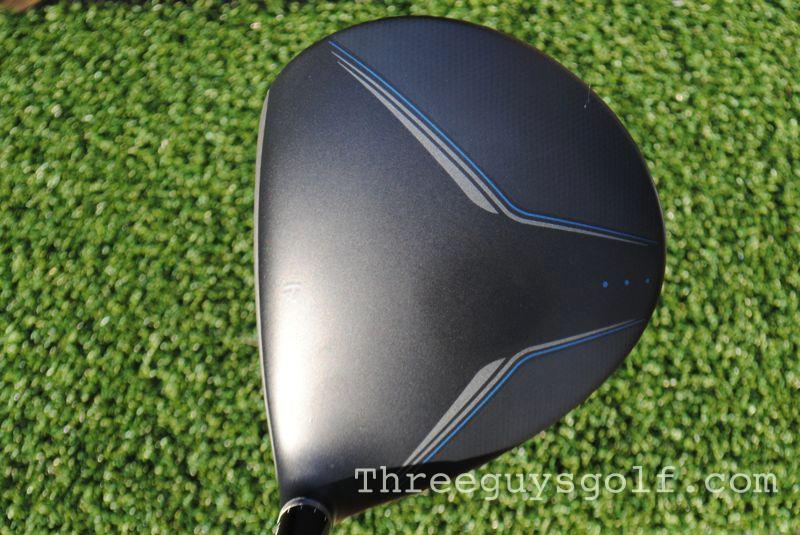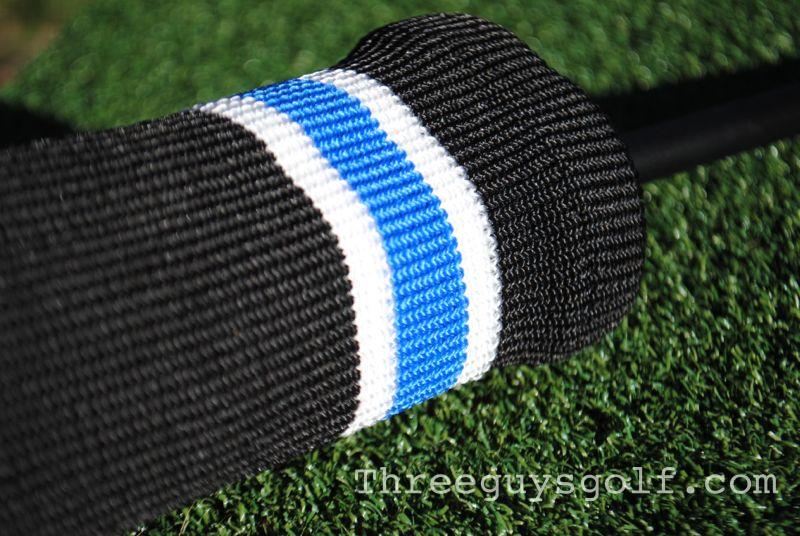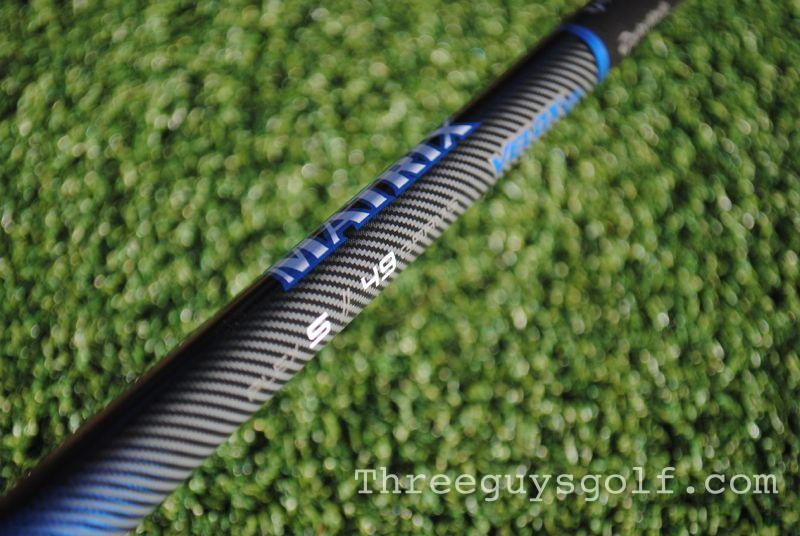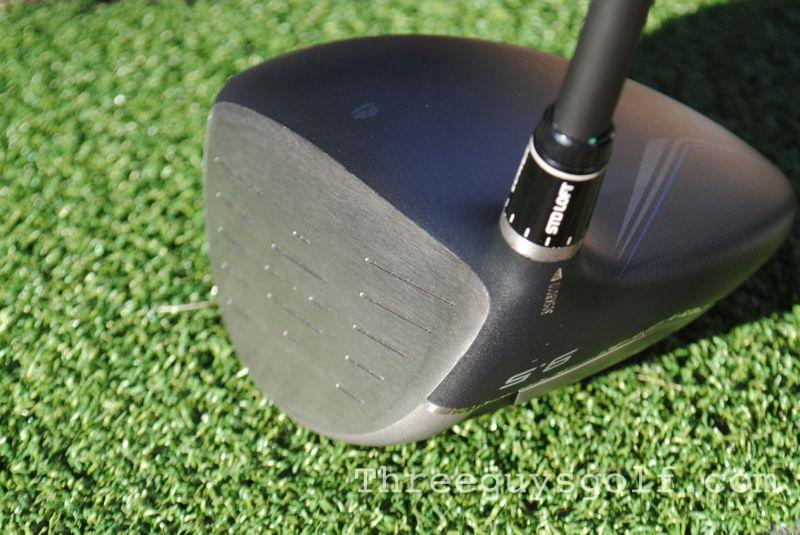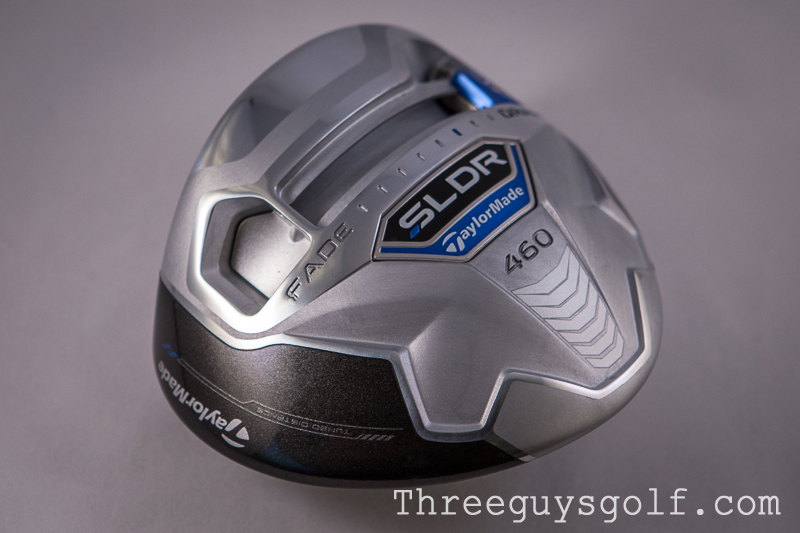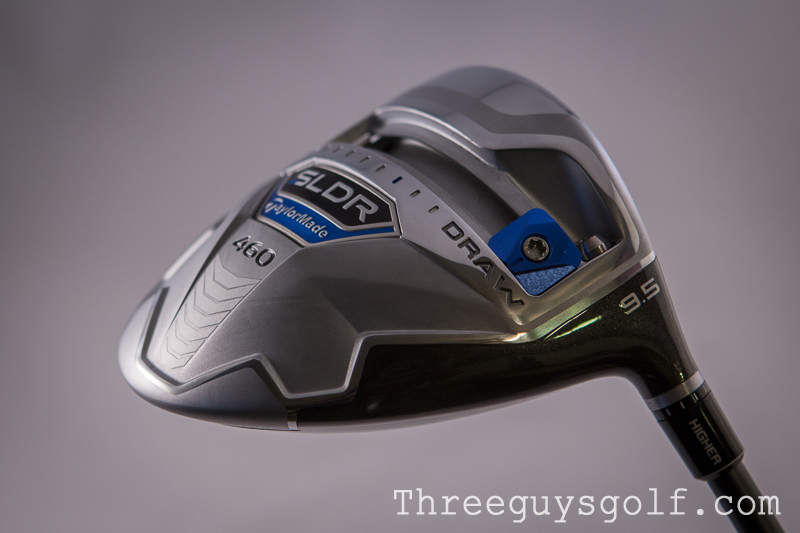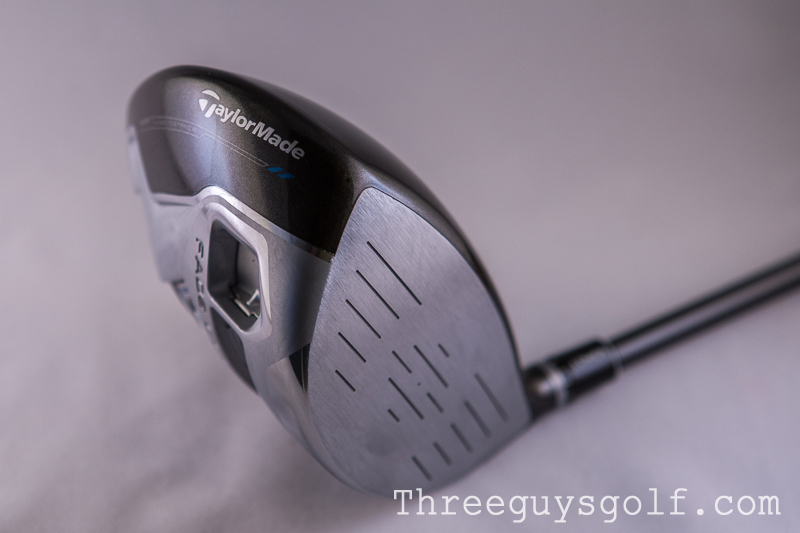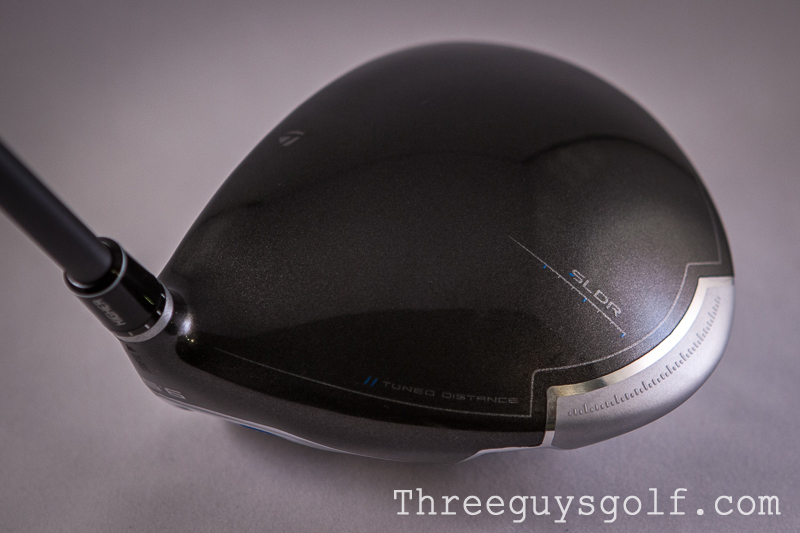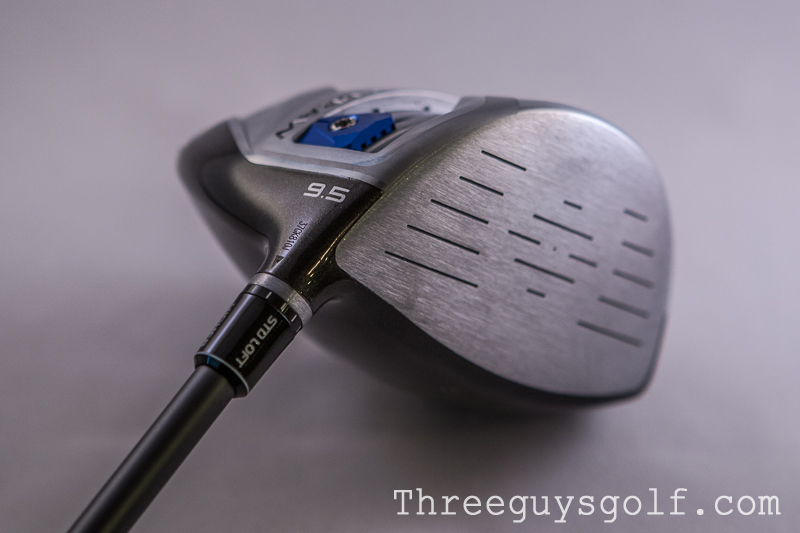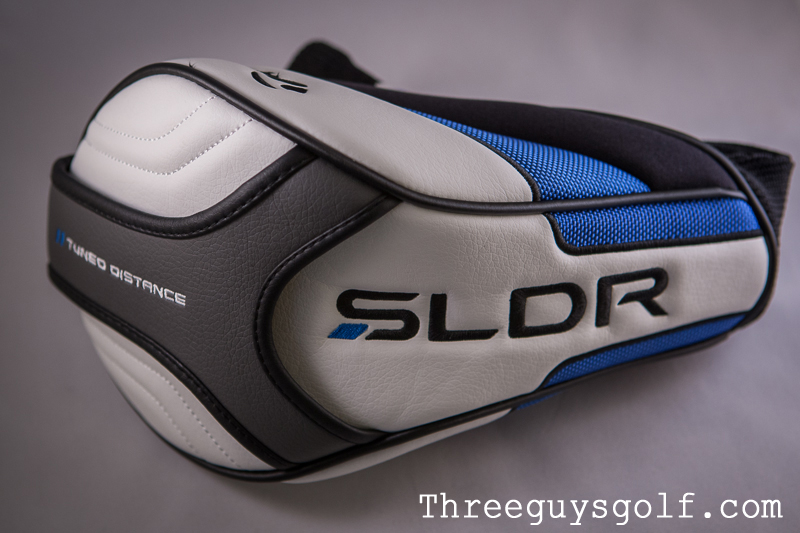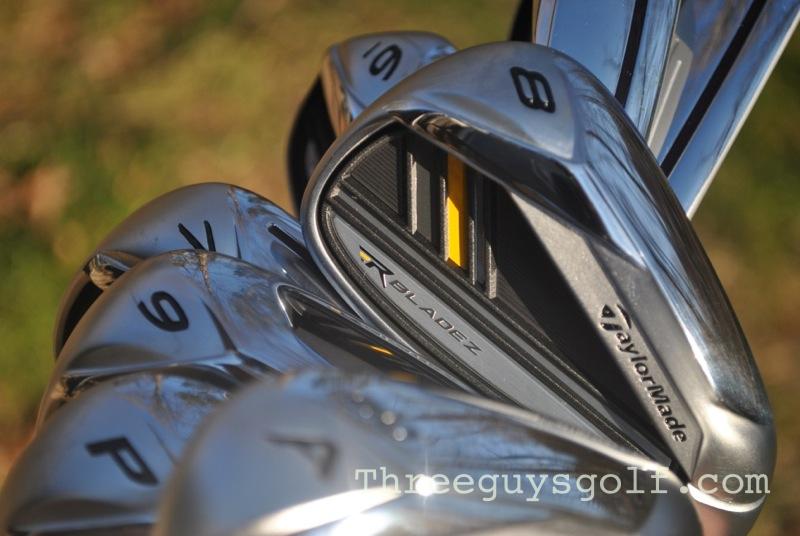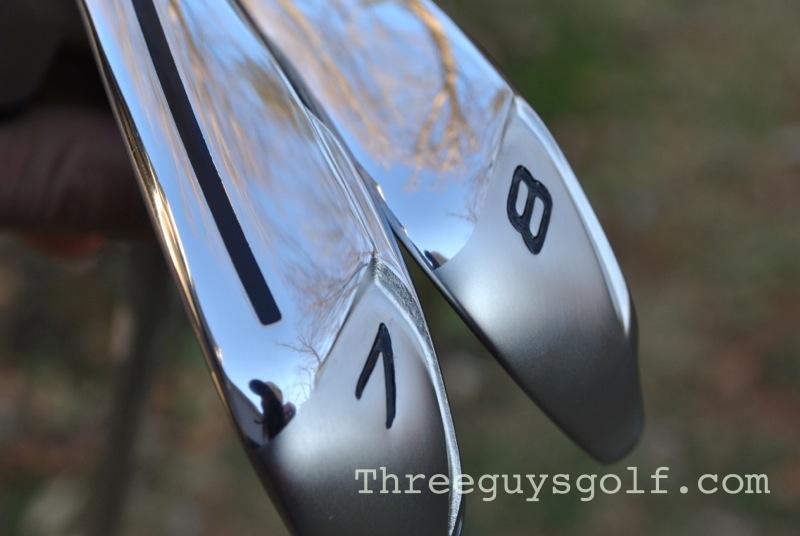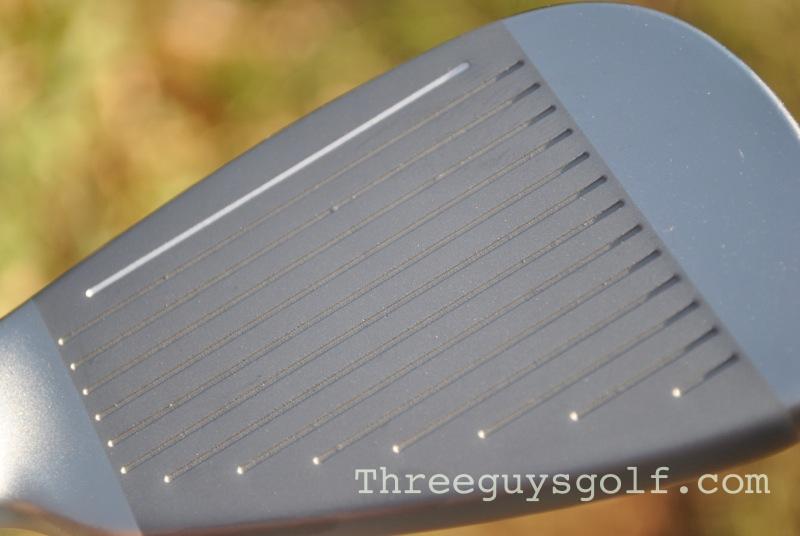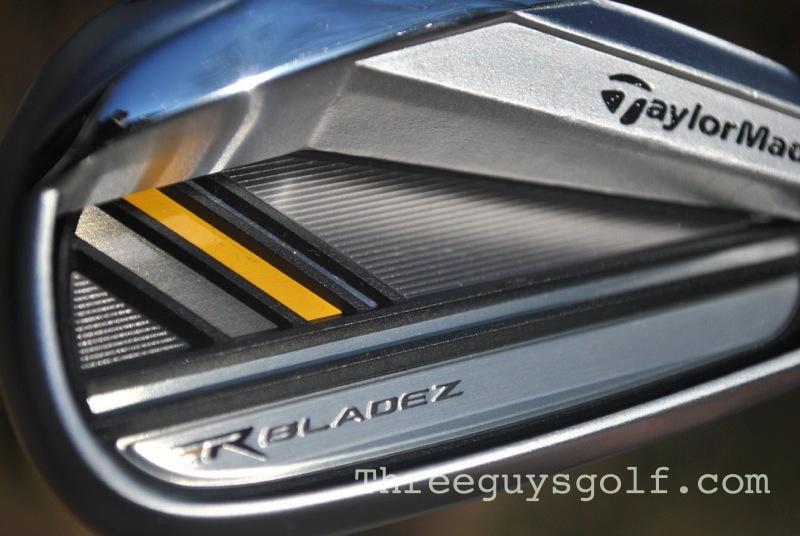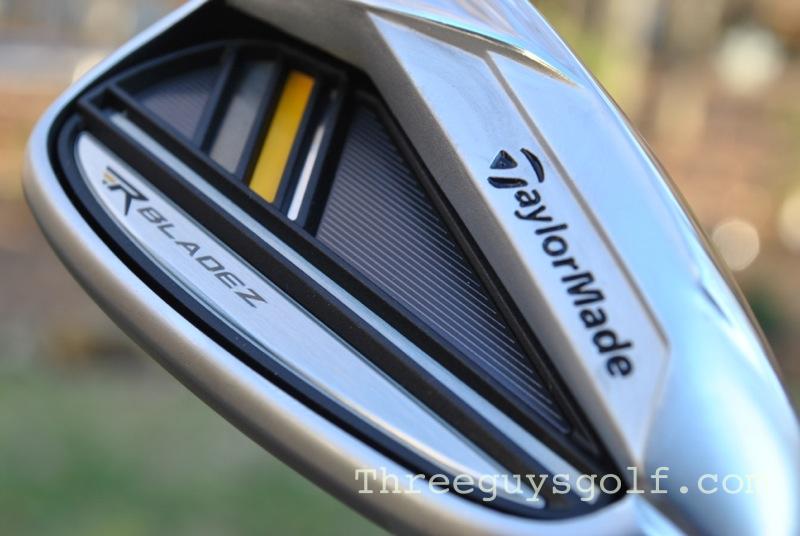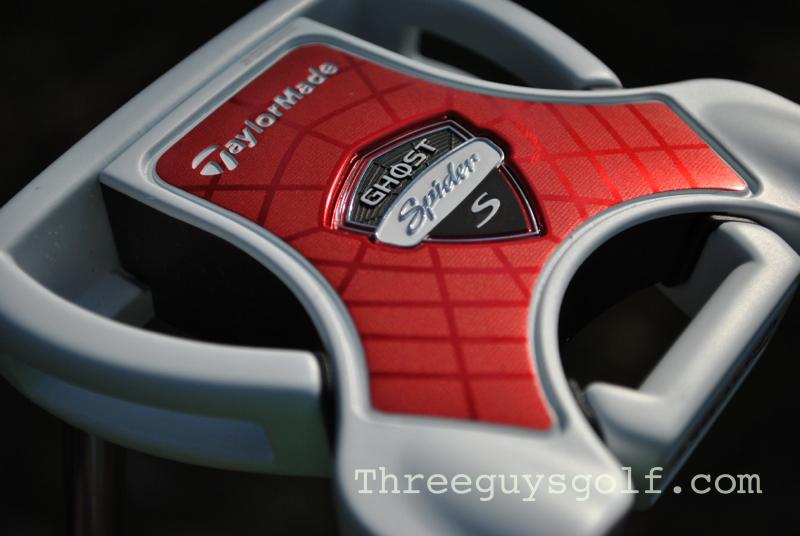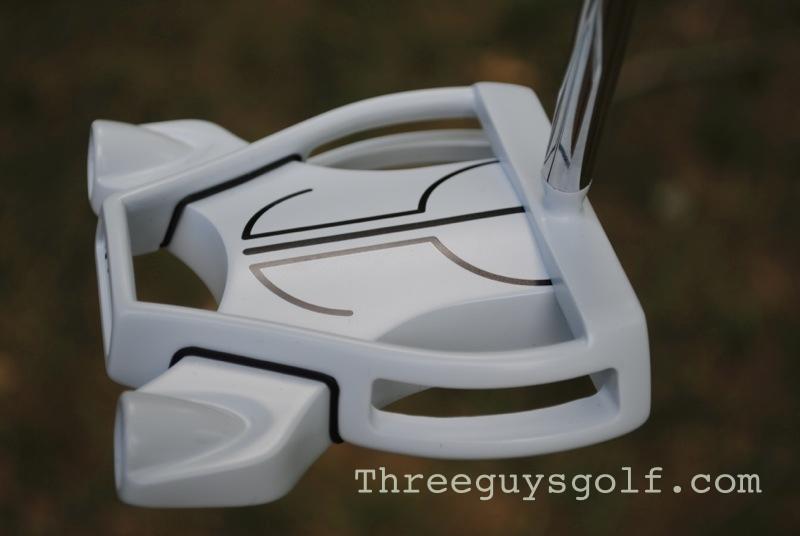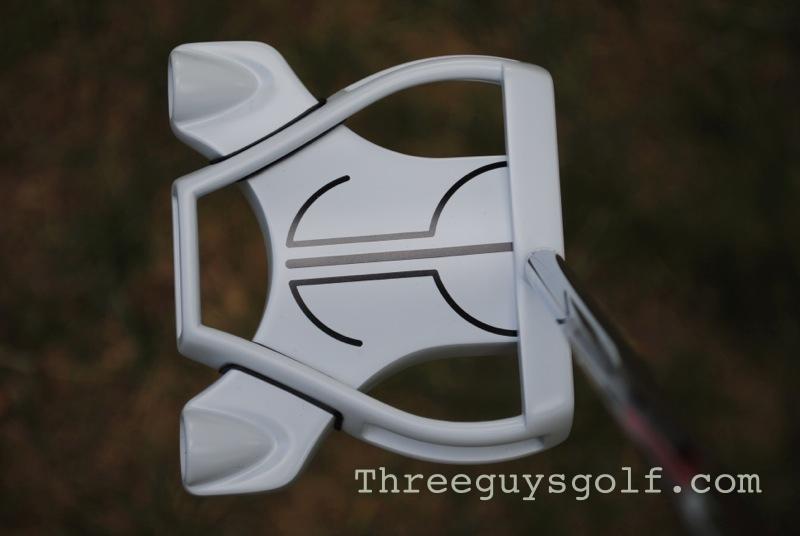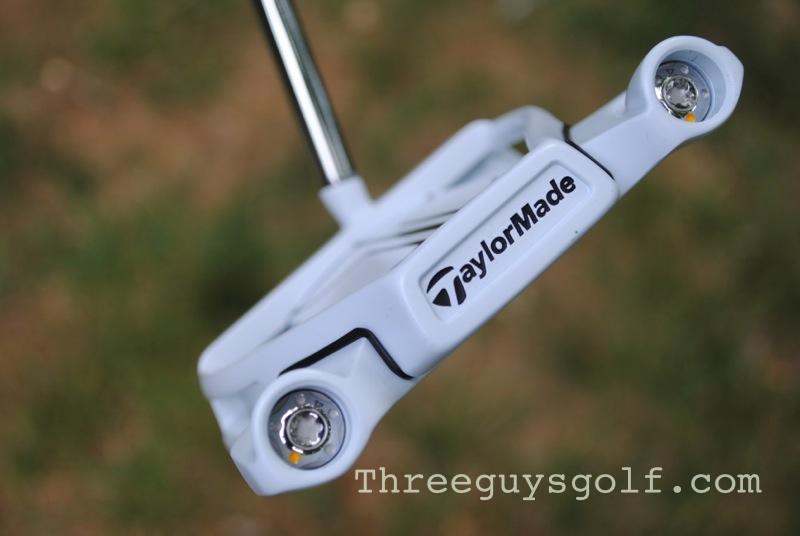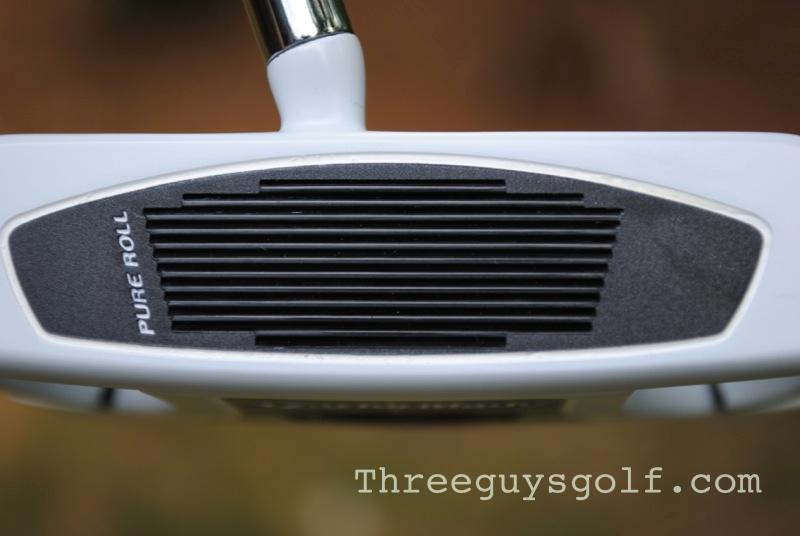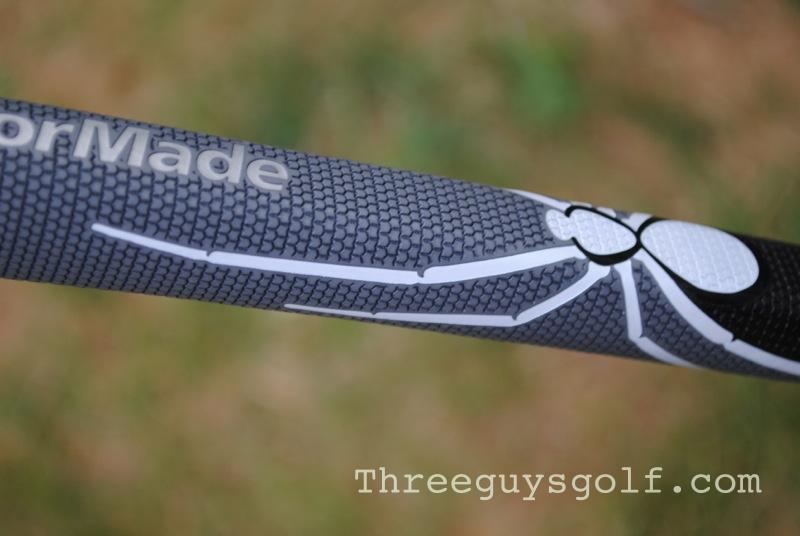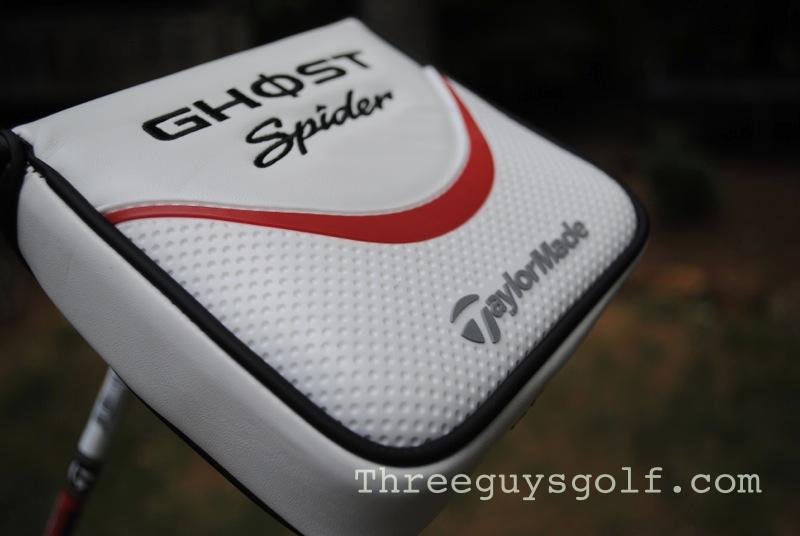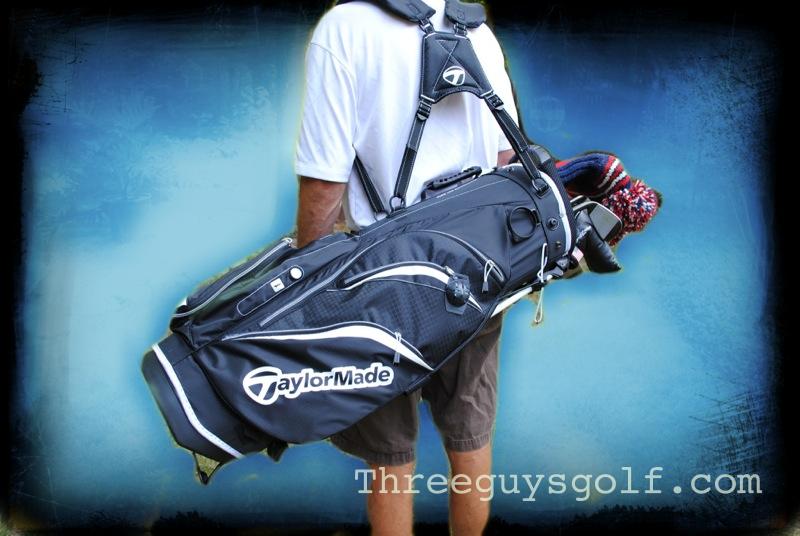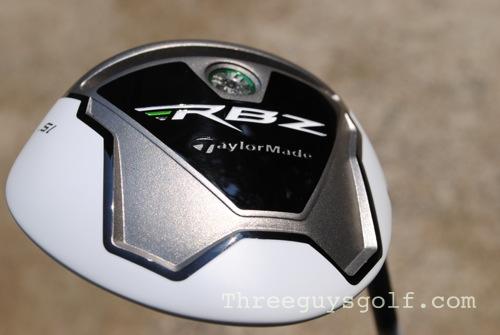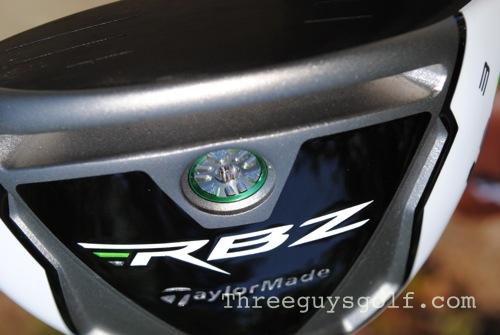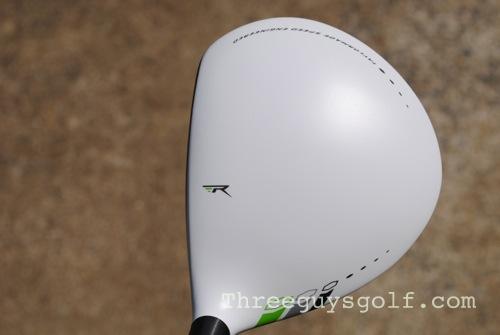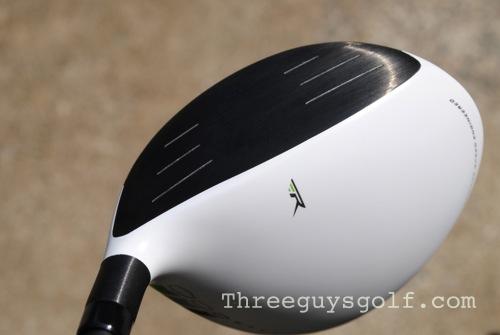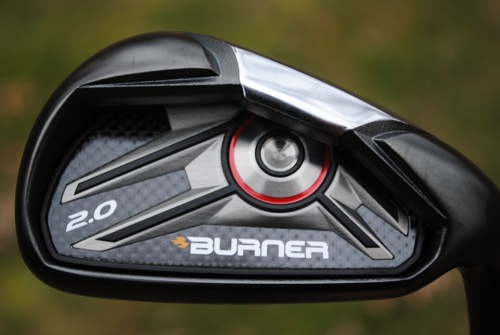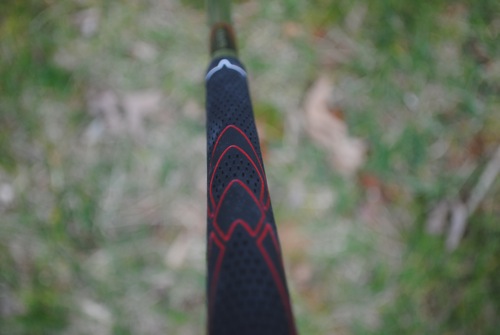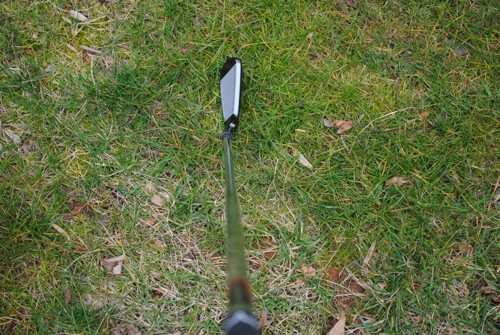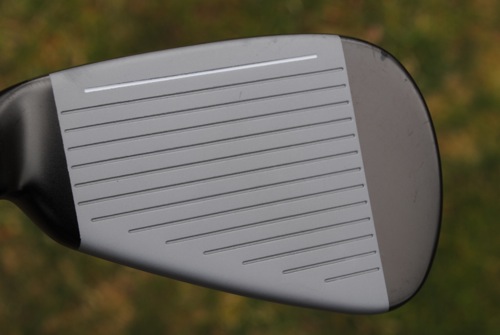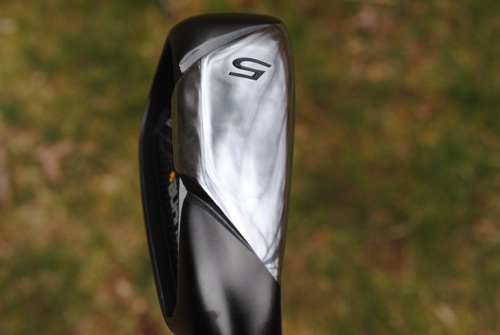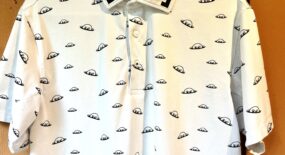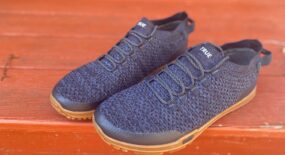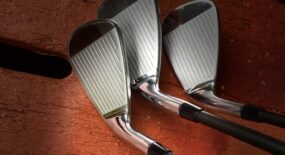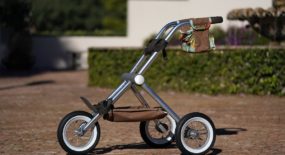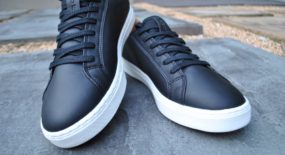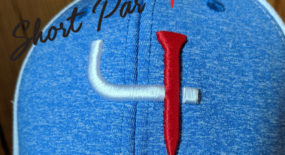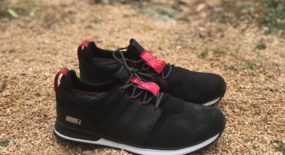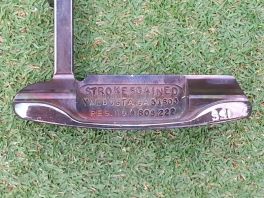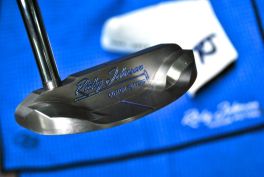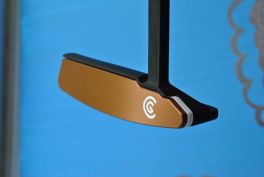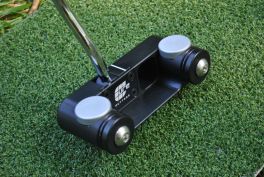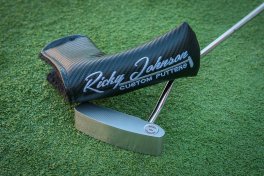If you’re lucky, not too picky, and living your life to the fullest, you’ve probably had a relationship that you’d really rather not show up on your Facebook page. The kind of relationship you have when you’re taking a year off to find yourself, or just getting out of long-term relationship, or “this one time, at band camp”. If love is moonlight, wine, and roses this relationship is neon, Tequila, and something that gives you a rash. You aren’t proud. You swear you’ll never do it again. You feel a little guilty whenever you think about it. And if you had the chance, you couldn’t stop yourself from doing it all over again.
That’s my relationship with the TaylorMade Spider putters.
When TaylorMade introduced the first Spider putter I immediately dubbed it the Millennium Falcon. It was ungainly, with more sprawl that suburban Atlanta, and didn’t look at all like a proper putter (read “Anser”) should. It was heavy, it was white, and you couldn’t even scoop the ball up with it! Who in their right mind would ever put this monstrosity in their bag?
Then I rolled a few putts with one, and I got that feeling in my gut. You didn’t have to get all handsy to manipulate this putter. Hell, you pretty much couldn’t. The damn thing practically swung itself, all you had to do was hold on to your end. All that weight and sprawl made it nearly impossible to move this putter offline. It was going straight back and straight through no matter what you did. It really was the Millennium Falcon putter – “She may not look like much, but she’s got it where it counts kid.”
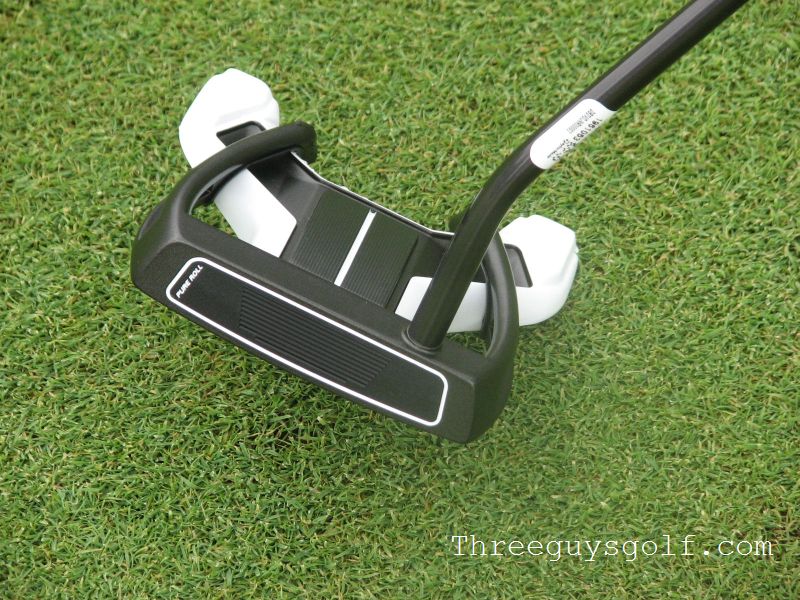
But if every one of these relationships was that simple, romantic comedies never would have become an industry of their own (we can debate whether that’s a good thing another day), and the course of true lust runs never smooth or some such thing. So I never put one of these bug-eyed monstrosities in my bag. Lots of people did, however. Lots and lots of people. High MOI putters sprouted like toadstools after a rain and color combinations got so outlandish that the original Spider’s white finish seems downright tame these days, but nothing ever really came close to dethroning the original. Whenever I found myself with time to kill in a golf shop I wandered over to the putter rack and rolled a few with a Spider (and there was always a Spider on the putter rack). Then I put it back in the rack, picked up my trusty Anser, and three-jacked at least one GIR every round.
The Spider continued evolving, and not even TaylorMade’s biggest critics have ever accused them of resting on their laurels. The Spider has lent it’s name and iconic white-and-black color scheme to an entire line of putters in traditional shapes, and with anchored putters on the way out and victims of the yips desperately seeking a balm for their shaky putting strokes and shattered nerves, the high-MOI Spider design goes with counterbalancing the way that peanut butter goes with jelly.
For those who haven’t been keeping track, TaylorMade introduced their latest take on the Spider theme last year. The Daddy Long Legs (DLL) design took the “legs” that moved the center of gravity of the original Spider far to the rear and made them longer – thus moving the center of gravity even farther back and increasing the moment of inertia (MOI). In fact, TaylorMade says that with an MOI of 8500, the Daddy Long Legs is the highest MOI putter they’ve ever built.
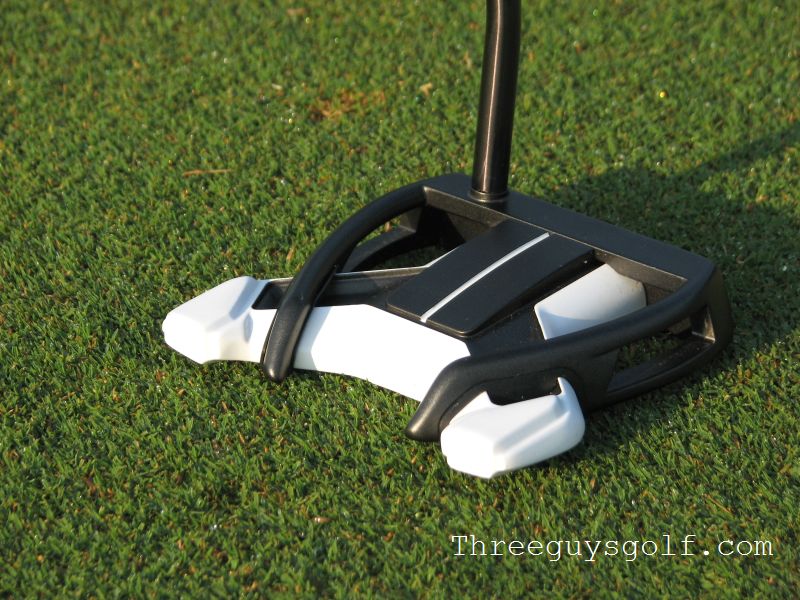
Science break: moment of inertia (MOI) is a measure of the amount of force it takes to twist an object around it’s axis. In practical golf terms the higher the MOI of a putter the more it will resist twisting on off-center hits, keeping the face square and helping the ball to go close to as far as you thought it would, in the direction you thought it would go.
Besides the innovative design, the original Spider was notable for being part of the “white revolution” from TaylorMade. TM researched how golfers’ eyes talked to our brains, and the result was a line of white club heads with black faces that, research said, created better contrast with the golf ball and drew the golfer’s eye to where they needed to focus in order to make good contact.
The Daddy Long Legs 2.0 continues this philosophy with a reversed color scheme that uses white alignment aids on a black background, framing them with the black perimeter of the putter to make it easier to start your putt on your intended line, coupled with a black putter shaft that eliminates reflection and thus distraction. The technology doesn’t stop at the hitting end though – the user interface for the Daddy Long Legs 2.0 is a 130-gram counterbalancing grip. By adding weight to the back end, TaylorMade claims to have achieved a putter that’s 60% more stroke stable than anything they’ve released before.
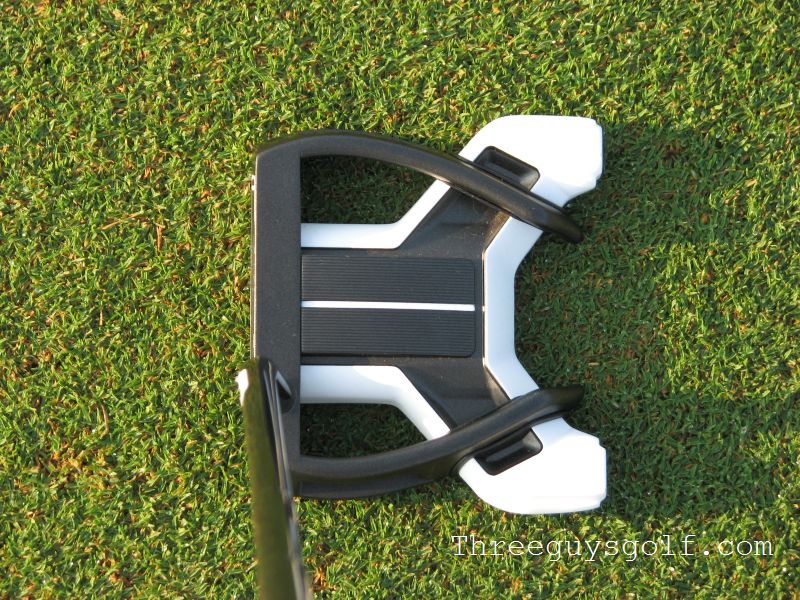
My first impression of the 38-inch Daddy Long Legs 2.0 that TaylorMade sent for review is that it’s big. I mean really big. I stand a towering 5’7″ (5’8″ on my driver’s license), and with my build the 38″ Daddy Long Legs comes dangerously close to being a belly putter. While unboxing it and shooting photos for this review I expected the DLL to be a bit unwieldy when the time came to put it into action. With a 395 gram head and a 130 gram grip, the Daddy Long Legs definitely has mass. When you start trying to put the ball in the hole though, all that mass doesn’t translate into feeling massive. As I spent more time with this putter I learned that this kind of contradiction is pretty much the hallmark of the Daddy Long Legs.
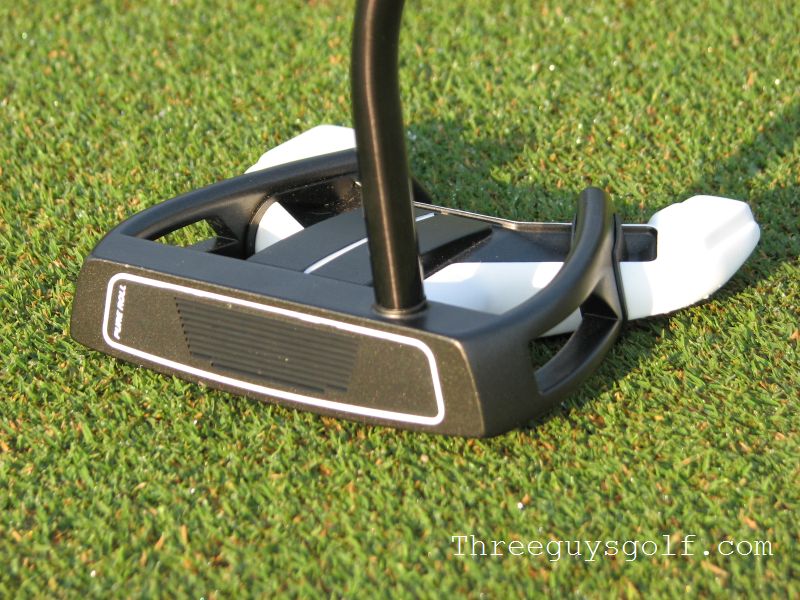
Take the aforementioned 395 gram head, for example. It’s 16 different pieces in 8 different materials, but you never feel the pieces. The Surlyn PureRoll face insert is quite a bit harder than I’m used to and delivers a solid but clicky feel. While I’m not a fan of the feel, the PureRoll insert delivers a ground-hugging roll on the ball. Putts from the Daddy Long Legs had noticeably less hopping and skidding than putts from my regular non-insert putter.
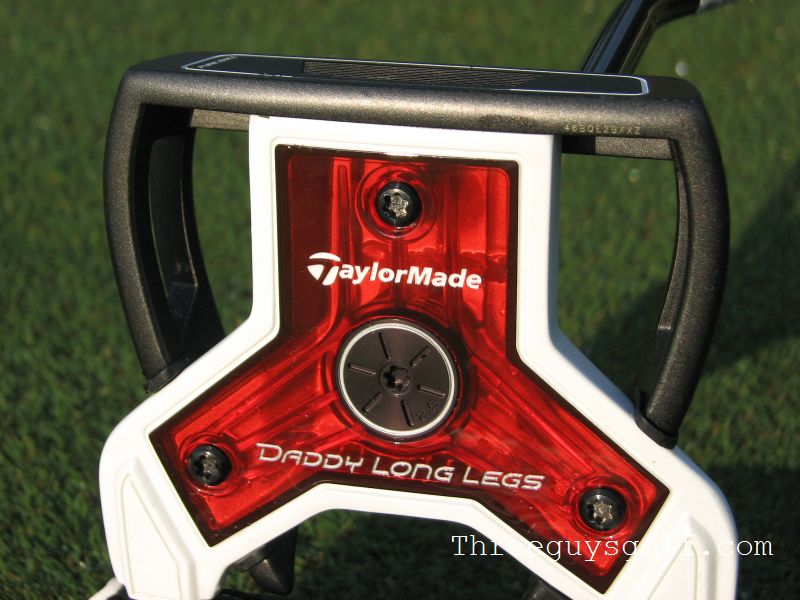
The Daddy Long Legs 2.0 reverses the color scheme from the original. While both use the black PureRoll insert, the 2.0 mates that with a black frame and a black center weight with white alignment stripe, framed in white . I prefer this color scheme to the original, which was just too much white for my eye. Using more black makes the head look smaller and more manageable, and somehow more substantial as well. I don’t spend a lot of time looking at the sole of my putter, but the red sole plate on the 2.0 is eye-catching. To protect all this paint and plastic the Daddy Long Legs comes with a neoprene head cover large enough to double as a lady’s clutch, if your lady is the type to carry a neoprene clutch with a spider motif. If you like high-tech and high style, the Daddy Long Legs 2.0 will certainly satisfy your need for cool.
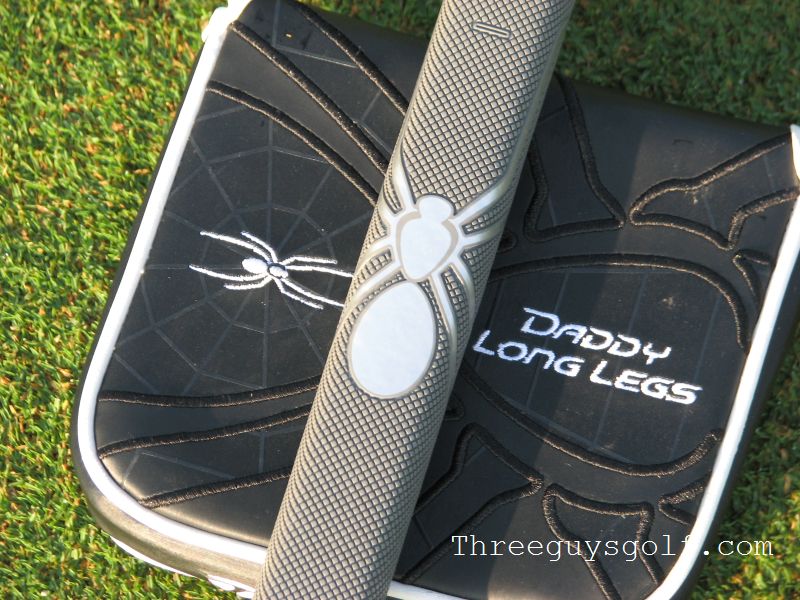
TaylorMade’s latest putter innovation is the black putter shaft. The thinking is that chrome is shiny, and shiny draws your eye. I have a very hard time thinking and putting at the same time, so I can’t tell you for sure that the black helped me avoid distraction, but it certainly didn’t add any distraction, and I prefer the look to a chrome shaft.
At the near end TM has installed a 130 gram custom Winn grip sporting the Daddy Long Legs logo to counterbalance the head. Adding weight to the butt of the putter actually increases the MOI of the head, creating what TaylorMade calls “stroke stability” – meaning that the putter is easy to swing back and through. This was very true for me. After just a couple of short sessions on the practice green I took the Daddy Long Legs to the course, and my first couple of rounds were very promising.
I immediately putted as well with the Daddy Long Legs as I had been putting with my familiar putter. The DLL has a substantial increase in stroke stability over the original Spider, and I had no trouble at all keeping the face square and swinging the putter back and through. The PureRoll insert gave good feedback, and my putts held their line well. After such a good start I had high hopes for the Daddy Long Legs.
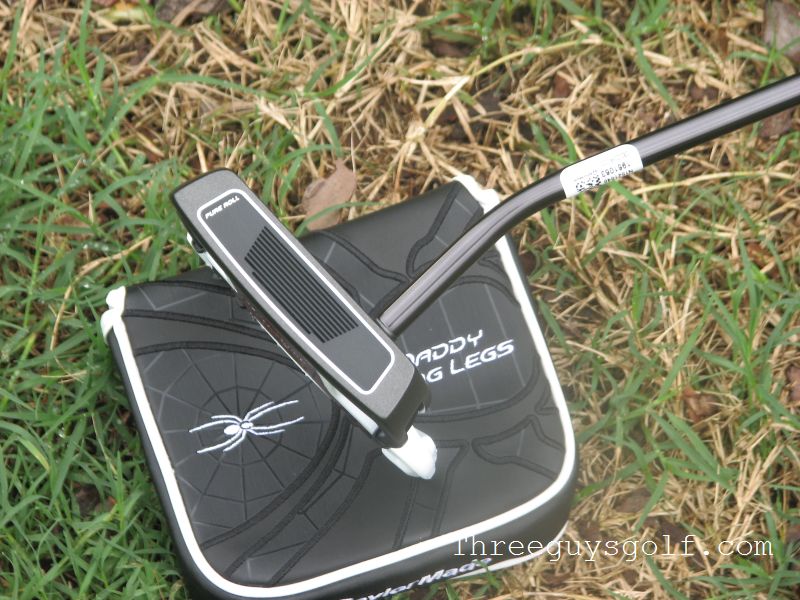
Unfortunately it just wasn’t to be. I kept hoping to see my putting stats improve as I got more familiar with the Daddy Long Legs, but my learning curve seemed to flatline after the first few rounds. I was still putting okay, I just wasn’t putting great. In retrospect I think that it’s not really a question of the putter, it’s a question of the puttee. My natural stroke is a moderate arc, and while the Daddy Long Legs is unquestionably easy to swing back and through, the high MOI combines with my hands’ desire to arc the face – if I get it open I have a hard time closing it, and I missed putts with a block to the right. I’m also a very feel-oriented putter – my putting stroke is nothing but a mass of errors that usually cancel each other out for the fraction of a second that I’m actually in contact with the ball. The Daddy Long Legs’ awesome stability worked against my neurotic putting stroke. The Daddy Long Legs is an aircraft carrier, and I’m used to putting with a Jet Ski. If I committed to the DLL I could learn to putt with it, but a man with a dozen putters clearly has commitment issues.
If you’re looking for a high MOI putter, the Daddy Long Legs is among the highest. It’s well put together and the alignment aids work extremely well. The whole package looks high-tech and even sleek, a look complimented by the funky neoprene head cover. If you have a smooth, mechanical putting stroke, or if you want to develop one, take a look at the Daddy Long Legs. Of course you can see all of the Spider putters at http://TaylorMadegolf.com.


